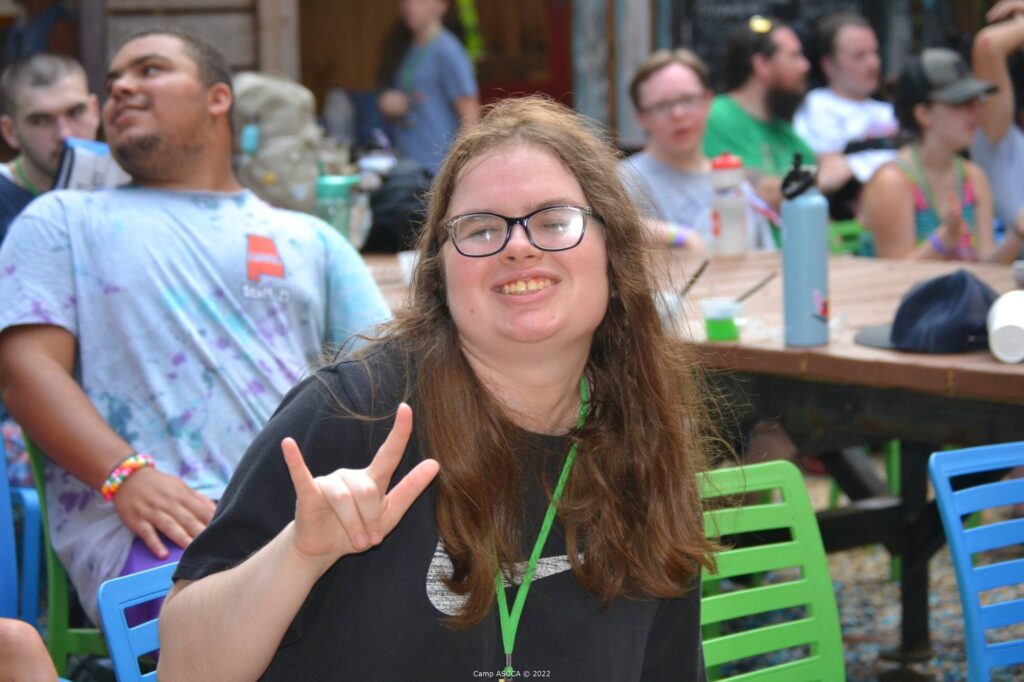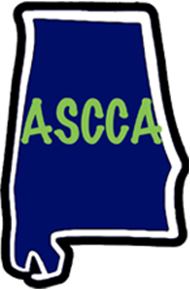
Do you know there is an International Day of Sign Language? Not to be confused with National American Sign Language Day on April 15, the International Day of Sign Language is celebrated around the world on September 23, and it was first celebrated in 2018. The purpose of it is to support and protect the linguistic identity and cultural diversity of all deaf people, according to the United Nations. International Day of Sign Language is great because it spreads awareness of nonverbal people too.
The first person I ever met who signed was my bunkmate at my very first summer camp at Camp ASCCA in 2018. I thought the language was so fascinating because it was based solely on hand movements and facial expressions. As the saying goes, actions speak louder than words.
When I got home, I started taking a sign language class at my church, and later I joined the Deaf Ministry Class on Sunday mornings. When I attended Camp ASCCA this past summer, I signed the song “Ice Ice Baby” by Vanilla Ice for the camp Talent Show. It reminded me of my sister, who signed the same song after she took a sign language class many years ago.
To me, one of the benefits of sign language is you do not have to sign every single word in a sentence or question, but just enough for the deaf person to understand what you are saying. I have limited movement of my left arm and hand, so my communication is very limited, but I try to imitate the hand gestures the best I can. I wish I could do more. I simply love the language so much!
Many people believe sign language is not a real language, but it is a real language and should be taught in schools. Only some colleges and universities accept sign language as a foreign language credit in high school even though American Sign Language was officially recognized as a foreign language as of 2003, according to the National Association of the Deaf. Thankfully, Alabama is one of the states that does accept sign language as a foreign language for high school and college credit.
The first person who was deaf in recorded history was Quintus Pedius in 44 B.C. which is crazy to me because he was a military officer to none other than Julius Caesar himself. People might not know this, but sign language specifically for communication with the deaf was invented in the 1500s by Pedro Ponce de Leon who happened to have problems with his hearing. Ponce de Leon was a Spanish Benedictine monk, not the famous explorer, and he is known as the first teacher of the deaf. However, a French priest named Charles-Michel de l’Epee is recognized as the father of sign language and deaf education.
A fun little fact about sign language is that American Sign Language was invented in the early 1800s by a person named Thomas Gallaudet who wanted to help his neighbor’s deaf daughter. Later in the 1800s right here in Alabama, there was a famous deaf woman named Helen Keller. An unknown sickness in early childhood left her deaf and blind, but she overcame these obstacles, went to college, published books, traveled the world, and gave speeches, thanks to the help of her dedicated teacher, Anne Sullivan. You can visit Helen Keller’s childhood home, Ivy Green, in Tuscumbia, Alabama.
Amazingly, there are more than 300 different sign languages around the world. As for English specifically, three different types of sign language that exist so far are American Sign Language (also known as ASL), British Sign Language, and Australian Sign Language. Approximately 500,000 Americans use sign language. ASL is the third most commonly used language in the United States, after English and Spanish.
Whenever I go to Camp ASCCA, I seem to learn a few more signs here and there because usually I meet two or three nonverbal campers who only sign. I love being able to communicate with them, even just a little, and they seem to be delighted too.
I encourage you to google and learn how to sign a few words and phrases, like hello, how are you, my name is (and your name), and thank you. If you can say a few phrases in Spanish, or another foreign language you may have learned in high school, then you should try to say them in sign language too. You never know if your new friend may be nonverbal.

Located in Alabama on Lake Martin, Camp ASCCA offers campers a wide variety of traditional recreational and educational activities with a unique design for accessibility.

Sign up for our eNewsletter to keep up with events and happenings at Camp ASCCA!